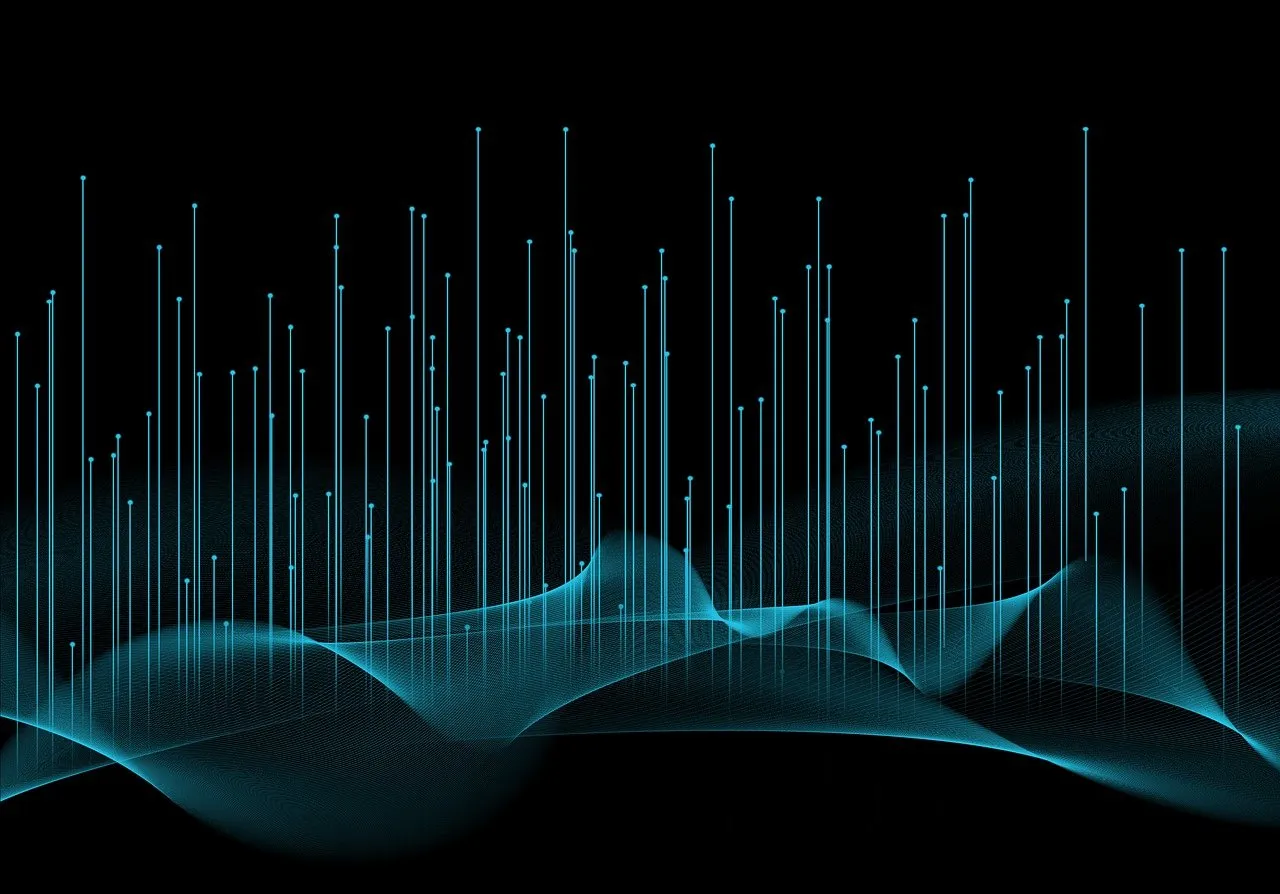
A team of researchers proposes a new vision of the Universe's first moments. Their model eliminates the need for traditional speculative hypotheses.
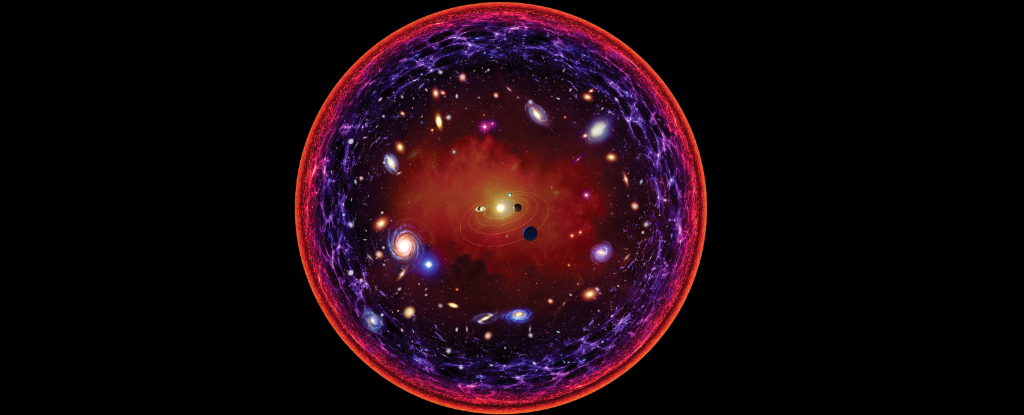
It's hard to imagine something as big as the Universe not having a center at all, but physics says that's the reality.
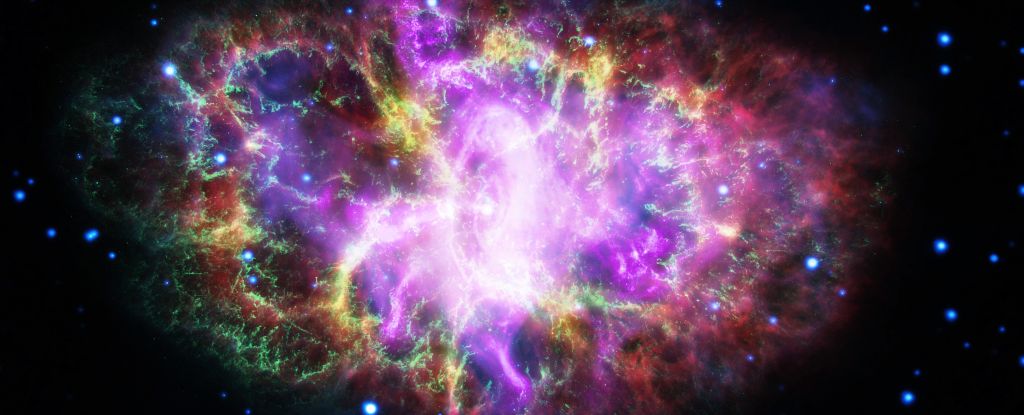
Curiosity triggered a thought-provoking conversation about light - ultimately, why doesn't light wear out and lose energy over time?
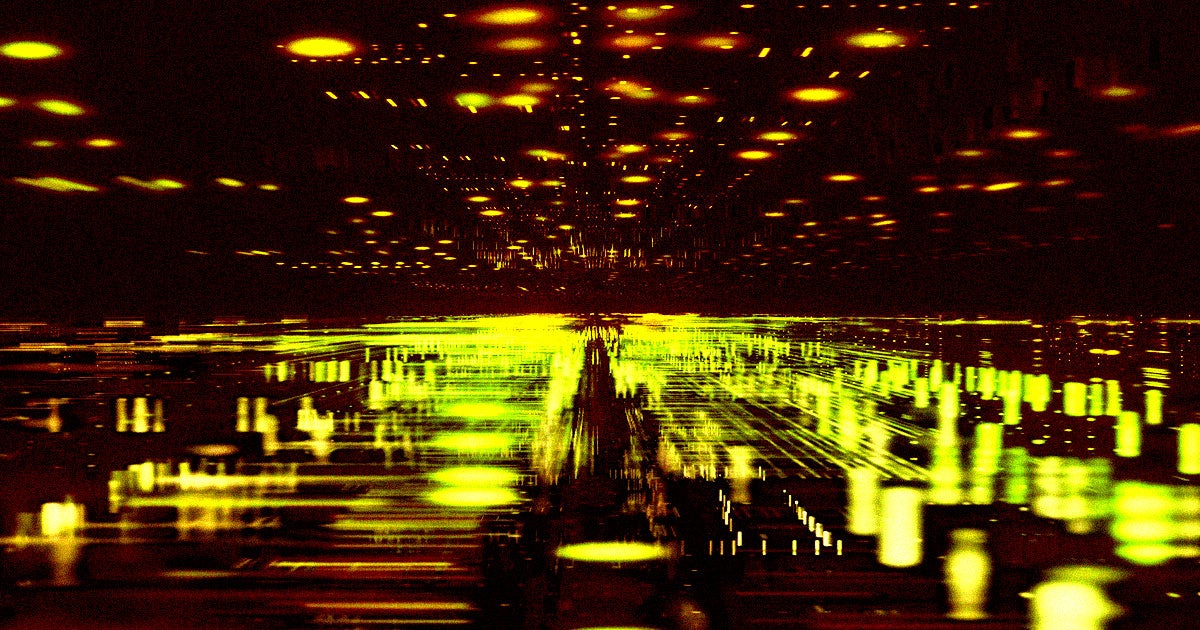
Physicist Melvin Vopson offered a new interpretation of gravity, arguing that it could be evidence that reality is a computer simulation.
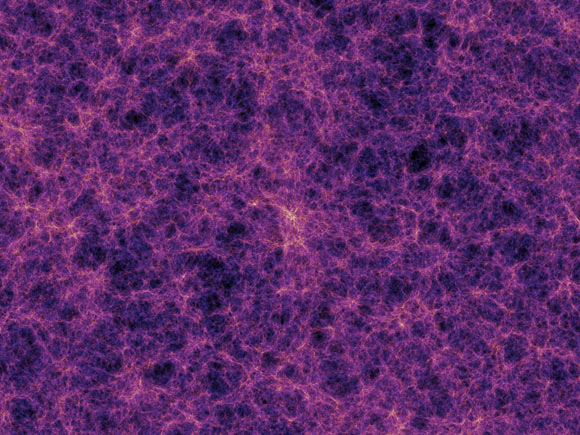
New research led by University of Hawaii astronomers suggests our Universe may rotate - just extremely slowly.

When you peer out into the depths of the cosmos, a mystery lies there, waiting. In a survey of the deep sky, most of the galaxies are seen rotating in the same direction.

When you look around the Universe you live in, it looks like a 3D space, just like the surface of the Earth looks like a 2D space. However, just like the Earth, if you were to look at the Universe as a whole, it could be a more complicated space.
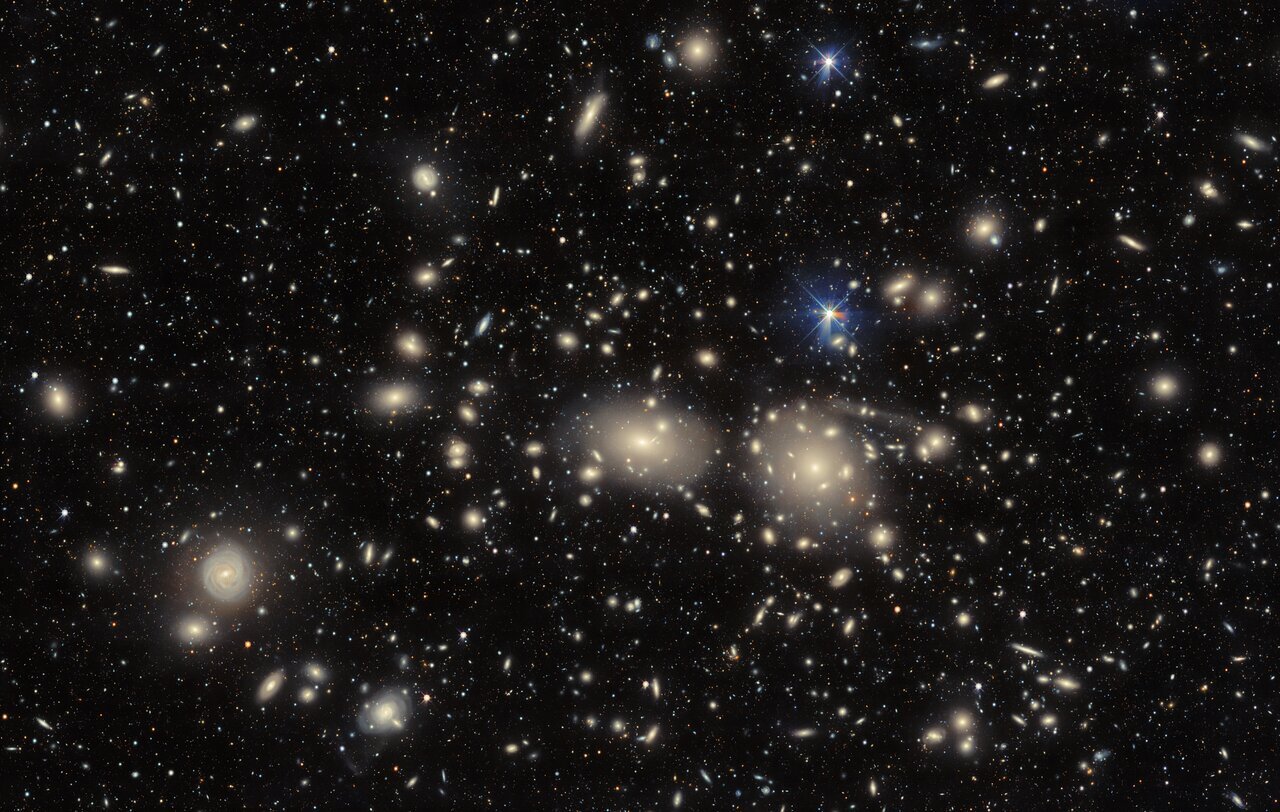
A new measurement confirms what previous - and highly debated - results had shown: The universe is expanding faster than predicted by theoretical models, and faster than can be explained by our current understanding of physics.

Researchers set a new benchmark, capturing the physics of dark and atomic matter with unmatched precision.

Using data from the Dark Energy Spectroscopic Instrument (DESI), astronomers have completed the most precise gravity test ever taken.

The current theoretical model for the composition of the universe is that it’s made of ‘normal matter,’ ‘dark energy’ and ‘dark matter.’ A new study challenges this.

New research suggests that the so-called clumpiness problem, which centers on the unexpectedly even distribution of matter on large scales throughout the Universe, may be a sign that dark matter is composed of hypothetical, ultra-light particles.

A retired cosmological theory should be given a second chance at explaining anomalies in our Universe, according to theoretical physicist Rajendra Gupta from the University of Ottawa in Canada.

Scientists have for the first time observed the early universe running in extreme slow motion, unlocking one of the mysteries of Einstein's expanding universe.

Astronomers have made a discovery that confirms the existence of gravitational waves, which sound like the hum at a large gathering. These ripples in space-time were proposed by Albert Einstein over a century ago.